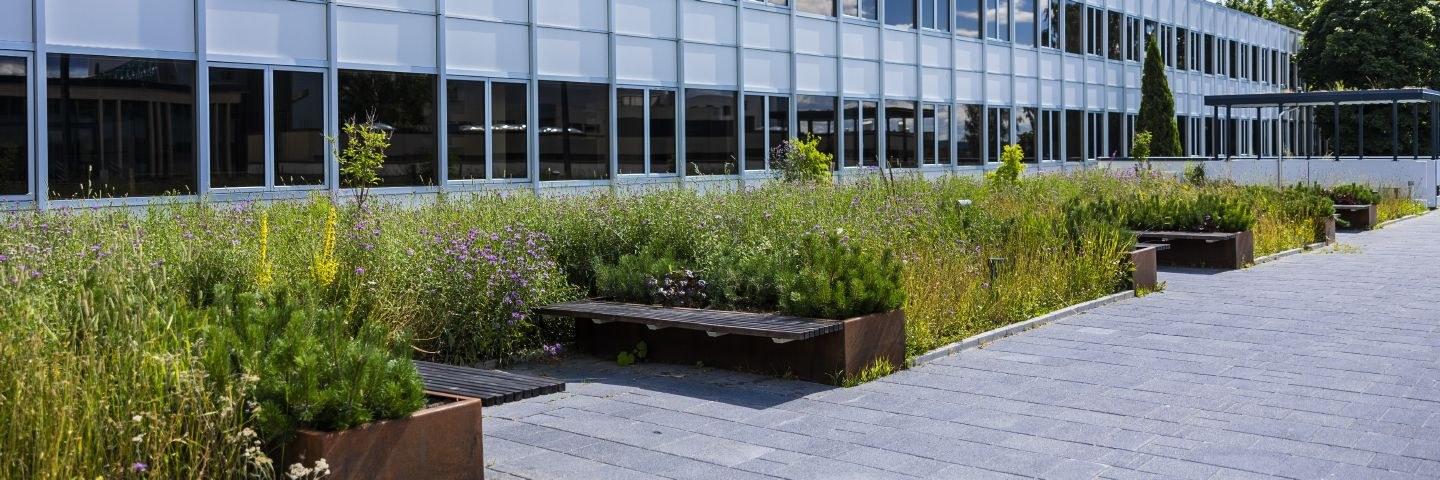
Sustainable actions on campuses
Public access to campus buildings
The main campuses of Tampere Universities are located in Tampere in Hervanta, Kauppi and in the city centre. The community also has activities in Pori and Seinäjoki, as well as a few other offices in Tampere and environmental municipalities.
In normal circumstances, the public spaces of the campuses are broadly open to students, researchers and staff in the community. Many of the facilities are available to members of the community by access card around the clock.
Campus facilities can also be used by non-community actors such as businesses, organizations and individual citizens. Also, the services provided by the Tampere Universities tend to deflect to a wide range of needs of the surrounding society, for example the organization of meetings and events.
Learn more about the facilities of the Tampere Universities and the services they provide
Tampere University Library serves studies, teaching and research of the Tampere Universities — while also serving as an open science Library for all.
Read more about Tampere University Library
Public access to green spaces
The courtyards and green spaces of Tampere Universities campuses are open to everyone to enjoy architecture and urban nature.
The green roof in the Kampusareena on the Hervanta campus is the largest biodiversity area of all green roofs in Finland. The roof also features insect hotels.
Awarded for promoting sustainable development in 2021, Kampusareena’s contribution to sustainable development is also reflected in the building’s success in supporting local communities. In summer, the green roof serves as a meeting place. In winter, students and children have used the roof for, for example, downhill skiing.
The city centre campus of Tampere University has two green meadows open to all and one green roof. They were seeded between 2019 and 2020 as part of the Campus Nature project, which aimed to increase biodiversity, collaboration and recreational opportunities in the area. The campus nature solutions are designed and built in collaboration with university staff, researchers, students and other users in the area.
Read more about green meadows and and the Campus Nature project
Waste management and recycling
Tampere Universities promote resource-wise practices on the campuses. Several methods to promote the efficient use and sharing of resources are already applied. They include, for example, the services provided by the Library and IT Services. Our campuses also feature places where goods can be borrowed or rented or where they can be recycled.
On the campuses, waste management is the responsibility of the facilities’ owners and the Universities’ Facilities Services. The facility owners are responsible for the waste collection points at the premises and the organisation of municipal waste management. Facilities Services oversees arranging waste management indoors, instructing users and collecting and transporting the waste the Universities generate.